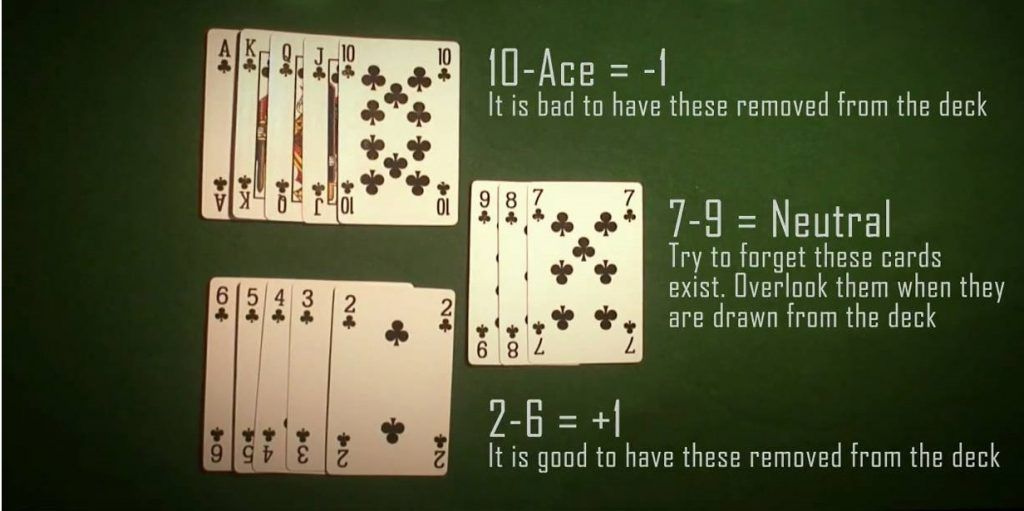
Blackjack is one of the most popular casino table games worldwide. While luck plays a significant role in the outcome of each hand, skilled players can gain an advantage by learning and implementing card counting techniques. Card counting is a strategy that allows players to keep track of the ratio of high to low cards left in the deck, giving them valuable information to make informed betting decisions.
The Basics
Before diving into advanced card counting techniques, it is crucial to understand the fundamental principles of blackjack and its basic strategy. By mastering basic strategy, players can make optimal decisions based on the dealer's upcard and their own hand, increasing their chances of winning. Basic strategy charts are readily available online and can guide players on when to hit, stand, double down, or split.
Understanding Card Values
Card counting revolves around assigning a value to each card dealt. By keeping a running count of these values, players can estimate the ratio of high to low cards remaining in the deck. In a typical card counting system, cards 2 through 6 are assigned a value of +1, while cards 10 through Ace are assigned a value of -1. Cards 7, 8, and 9 have a neutral value and are not counted.
Keeping the Running Count
As cards are dealt during a blackjack game, players must mentally keep a running count by adding or subtracting values based on the cards played. Starting with an initial count of 0, players continuously update the count after each hand. For example, if a hand is played with a 2, 4, and 10, the running count would increase by +1 for the 2 and +1 for the 4, but decrease by -1 for the 10. Therefore, the running count after this hand would be +1.
Calculating the True Count
The true count is an essential concept in card counting as it accounts for the number of decks remaining in the shoe. The true count is derived by dividing the running count by the estimated number of decks remaining. For instance, if the running count is +10 and there are approximately 3 decks remaining, the true count would be +10 divided by 3, resulting in approximately +3.33. This adjustment allows players to make more accurate betting decisions as the true count increases their advantage.
Practice Makes Perfect
Becoming a skilled card counter in blackjack requires practice and dedication. Both the ability to mentally keep a running count and calculate the true count quickly are crucial skills to develop. There are numerous resources available to help players train their card counting abilities, including online tutorials, practice drills, and even mobile applications. By practicing regularly, players can improve their card counting skills and become more confident in their ability to make effective betting decisions based on their advantage.
Remaining Undetected
While card counting is legal, casinos frown upon players who employ this strategy to gain an advantage. Casinos put various countermeasures in place to detect and discourage card counters, such as reshuffling the deck prematurely or banning suspected card counters from their establishments. To remain undetected, players must employ camouflage techniques to disguise their counting activities. These might include changing betting patterns, acting like a recreational player, or avoiding obvious counting indicators.
Conclusion
Becoming a skilled card counter in blackjack takes time, commitment, and a willingness to practice regularly. By mastering card counting techniques, players can gain an advantage over the casino and increase their chances of winning. It's important to remember that while card counting can be an effective strategy, it does not guarantee success in every hand, as blackjack still involves an element of luck. However, with proper knowledge and skill, players can tilt the odds in their favor and enjoy a more profitable blackjack experience.

